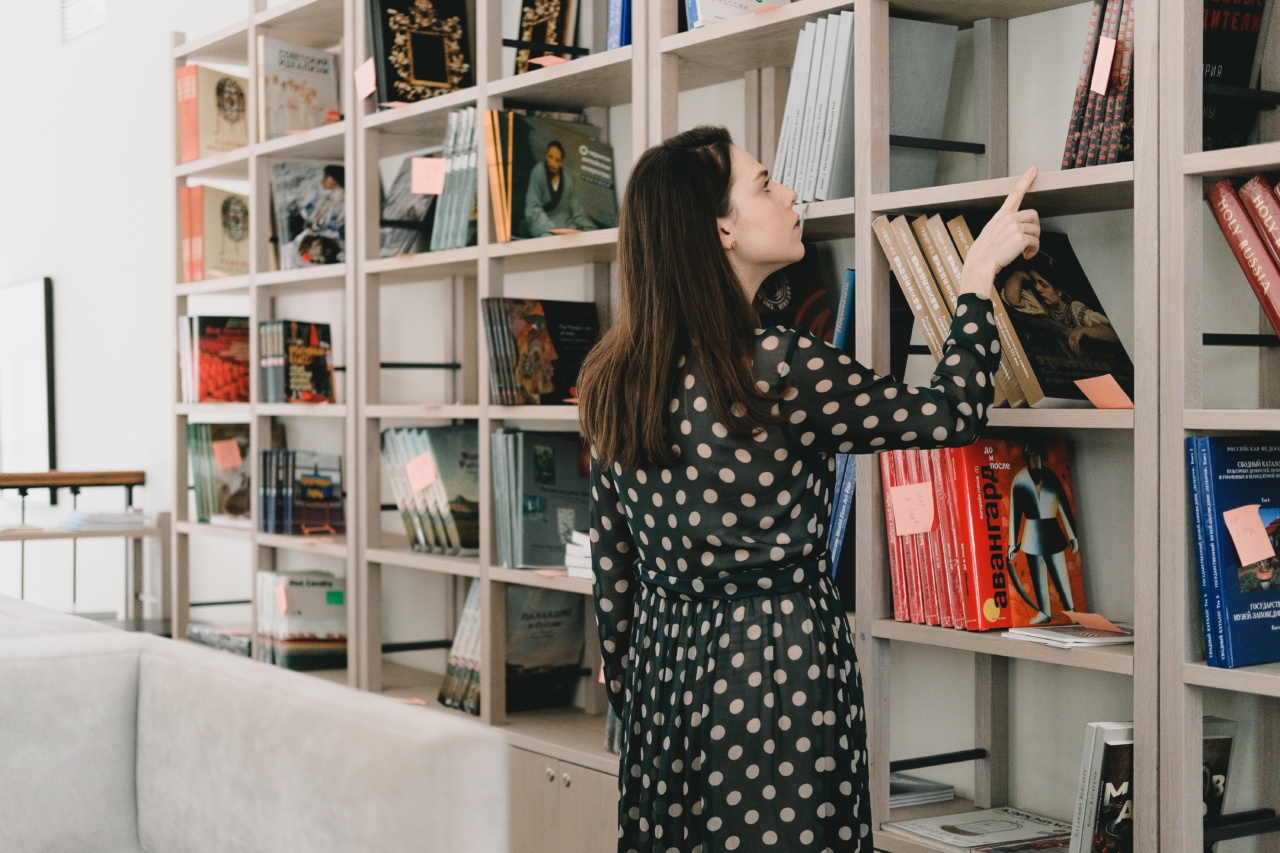Beauty, in many ways, is in the eye of the beholder.
But is there truly an objective standard of female attractiveness? Over the years, scientists and researchers have studied the factors that contribute to what we deem beautiful and attractive in women. Among many things, they have analyzed the optimal times when women are perceived as the most attractive.
The Menstrual Cycle and Female Attractiveness
It is believed that the menstrual cycle greatly affects a woman’s perceived attractiveness.
Studies have shown that men tend to be more attracted to women during the most fertile phase of their menstrual cycle, which typically occurs around ovulation. During these times, a woman’s body releases hormones that signal fertility, and certain physical features become more pronounced. For example, her body may produce a more symmetrical face, which is considered more attractive by many people.
There is also a slight increase in body temperature, which can give a woman a rosy, healthy-looking complexion.
Hour of the Day and Female Attractiveness
Another factor that affects female attractiveness is the time of day. Researchers have found that women tend to be most attractive during the middle of the day.
This is because the body’s natural rhythms affect many aspects of physical appearance, including skin tone, hair texture, and even the way a woman’s face appears. During the middle of the day, the sun is typically at its highest point, which can cast a flattering light on a woman’s features.
The Role of Hormones in Female Attractiveness
Hormones play a major role in how attractive women appear. Hormonal imbalances can cause acne, which can make a woman’s skin appear less attractive.
Conversely, having balanced hormones can lead to a more even skin tone, which is often perceived as more attractive. It is also believed that certain hormones, such as estrogen, can lead to softer facial features and a more feminine appearance.
The Importance of Sleep and Female Attractiveness
Getting enough rest is important for overall health, but it can also affect a woman’s perceived attractiveness. A lack of sleep can cause a woman’s skin to appear dull and lead to puffiness around the eyes.
This can make her appear less attractive to others. On the other hand, getting enough sleep can give a woman a more energetic and youthful appearance, which is often perceived as more attractive.
The Impact of Confidence on Female Attractiveness
Confidence is one of the most attractive traits that a woman can possess. When a woman is confident, she tends to hold herself in a way that is perceived as more attractive.
She may also speak more clearly and with greater conviction, which can enhance her overall appeal. Confidence is often tied to self-esteem and body image, which can have a major impact on how attractive a woman appears to others.
Conclusion
The science of female attractiveness is a complex and multifaceted field that draws on biology, psychology, and social dynamics.
While there are various factors that contribute to a woman’s perceived beauty, researchers have found that there are certain “optimal” times when women tend to be the most attractive. These include the fertile phase of the menstrual cycle, the middle of the day, and when a woman is well-rested and confident.
By understanding these factors, women can make informed decisions about how to present themselves and enhance their overall appeal.































